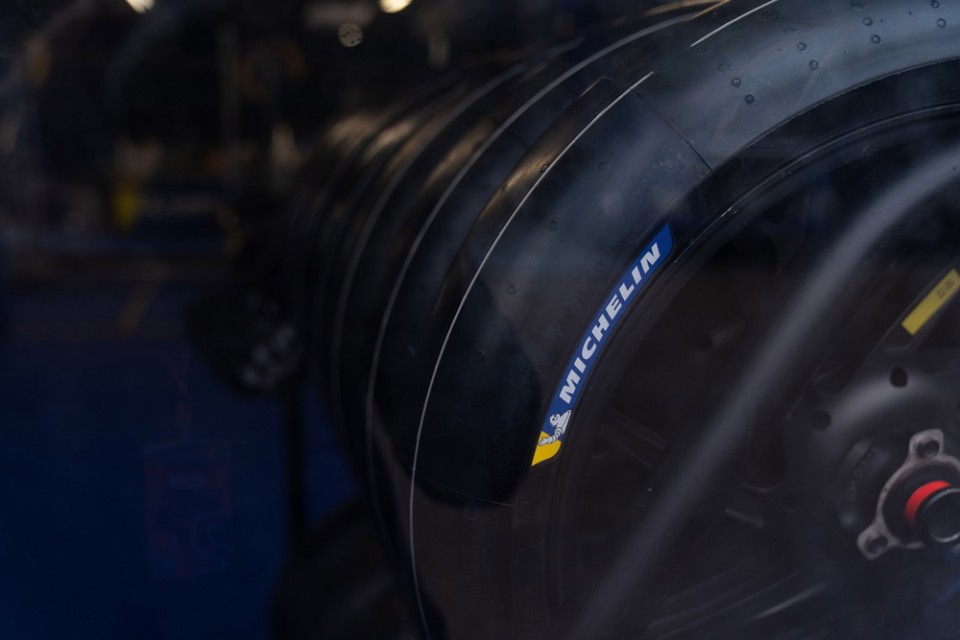Starting this year, MotoGP has begun to experiment with a unified system for monitoring tyre pressures on all bikes. This means that sensors that are the same for everyone have been adopted, but above all that a system has been created that communicates with the teams and Race Direction, in order to have the values of each rider in real time and at every point on the track.
Developing the software has not been easy and in fact its definitive version made its debut during the Italian Grand Prix. During the Mugello weekend, the teams were able to use this technology to identify any critical issues and they will do the same at Sachsenring and Assen.
“Developing this technology was not easy, but everything is going well” explained Michelin manager Piero Taramasso. The sensors now communicate in real time with the Race Direction and the pits and it was the necessary step to think about introducing new penalties for those who do not respect the minimum pressure limits. Taramasso himself had explained to us that these values are 1.88 bar for the front tyre and 1.60 for the rear, the new rule states that the riders must be above this limit for at least half of the race distance. "It won't change the way riders and teams work, in the end everything will stay the same as it is now" he told us.
It must be emphasized that the rule, for the moment, is only 'potential' because it will be the manufacturers who will give the green light for the application and to do so, unanimity within the MSMA is needed.
“When will we be able to see the penalties on the track? We will continue experimenting in Germany and the Netherlands, so the first useful GP would be that of Silverstone, after the summer break” were the words of the Michelin manager.
At that point, all riders must stay above the tyre pressure limit for half the race, or they will be penalised. “They can do it, managing the pressure as they already do now with tyre or fuel consumption” guaranteed Taramasso.
Probably, the teams will also be able to warn the riders with messages on the dashboard to tell them when to push and when to hold back depending on the pressure values.









